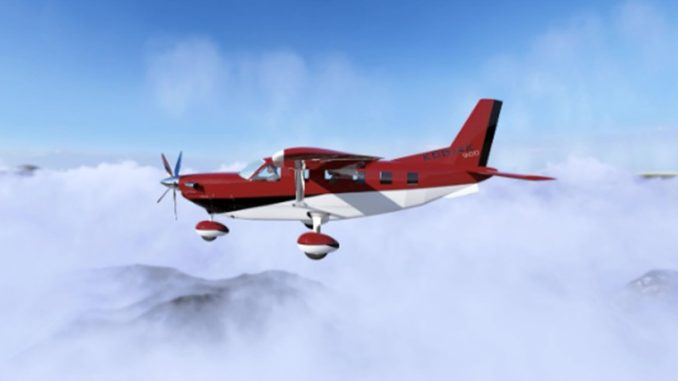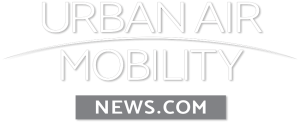
Four French aerospace companies today announced a collaborative research project to study and define a hybrid-electric propulsion architecture for light aircraft with optimized propeller efficiency, which is aligned with decarbonization goals set by the French Directorate General for Civil Aviation (DGAC) and the country’s CORAC civil aeronautics research council.
“This consortium – comprising Daher, Safran, Collins Aerospace and Ascendance – fully supports national and international roadmaps for decarbonizing the aviation sector,” said a consortium press release. “The project specifically targets 6- to 10-seat aircraft. With 25,000 such aircraft in operation worldwide, this segment has been identified as a priority for initiating the ecological transition of air transportation by 2027. The R&T project is named TAGINE, the French acronym for: “Tentative dans l’Aviation Générale d’Introduction de Nouvelles Énergies,” which translates as: “Initiative to introduce clean energy in general aviation.”
“It is supported financially by CORAC and DGAC, and aims to assess the technical feasibility, economic viability, and decarbonization potential of such hybrid-electric propulsion architecture on a platform in the category of Daher’s Kodiak multi-role airplane. This innovative approach leverages the four partners’ complementary expertise:
- As the project leader, Daher brings its know-how as an aircraft architect (systems and structures) and its full range of original equipment manufacturer (OEM) capabilities, including safety, integration, and aircraft energy efficiency (CO₂ footprint). Daher also is providing its Kodiak aircraft as a use case for the hybrid-electric initiative.
- Safran, through Safran Helicopter Engines and Safran Tech, is studying the feasibility of a hybrid propulsion system based on a next-generation turbine and electric motor. This system will combine electric and thermal power to drive the propeller. The electric/thermal split will be optimized to achieve fuel savings and reduce noise and CO₂ emissions.
- Collins Aerospace is leading the aeroacoustic optimization studies for the propeller and contributing to the integration of the propulsion system and propeller. The company also is designing a fully electric pitch change system tailored to propellers in this power class. These activities aim to improve energy efficiency and reduce the propeller system’s overall mass.
- Ascendance contributes its expertise in hybridization and energy optimization by leveraging the company’s Hybrid Operating System to manage and control energy in a hybrid propulsion system. Ascendance also is responsible for identifying battery energy requirements for the applications studied in the project, and for integrating these batteries for hybrid-electric aircraft applications.
“This collaboration, planned during a timeframe of more than two years, marks a significant step toward more sustainable aviation. Hybrid propulsion is a key building block for significantly reducing fuel consumption and optimizing the use of sustainable aviation fuels (SAFs). The first environmental impact assessment results are expected by the end of 2025, and the project’s major milestones will be presented at the next Paris Air Show.
For more information

